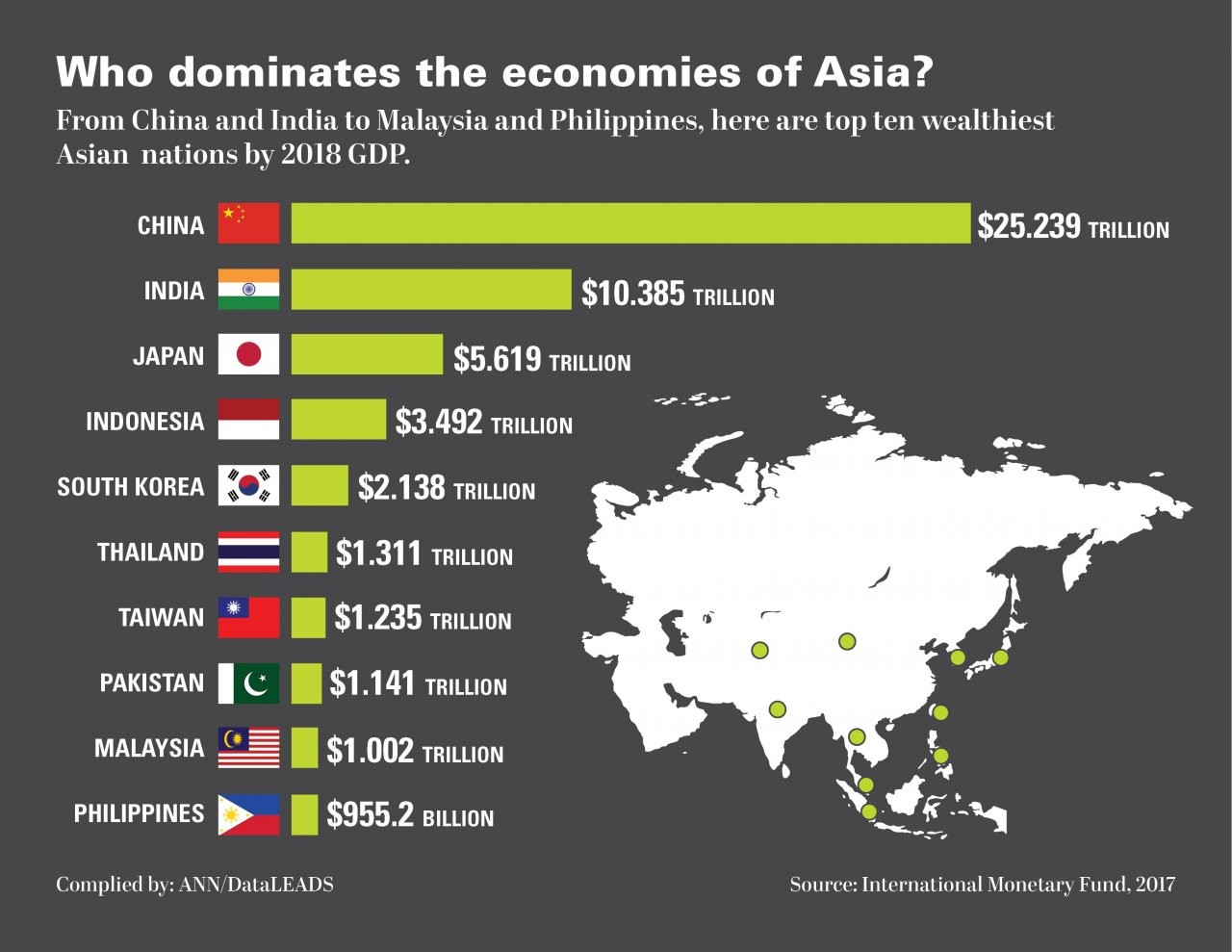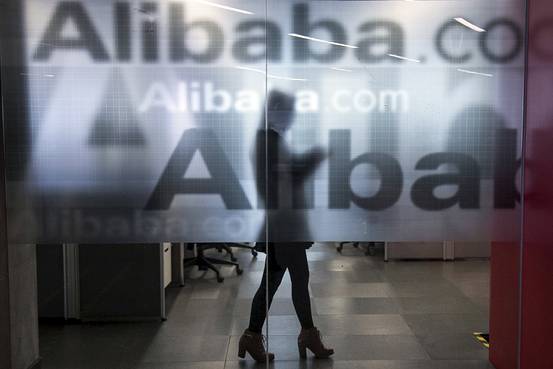Top Stories
Indian growth has lifted all boats
Author: Jagdish Bhagwati, CFR India’s economy again exceeded expectations , growing by 8.9 per cent in the second quarter. Those outside India often show exuberance at such high and rising growth, following the nation’s economic reforms in the early 1990s. At home, however, you are just as likely to hear condemnation from those worried about the underprivileged this prosperity has bypassed. Such voices present India with a double challenge: they misrepresent the successful way growth has cut India’s poverty, but more importantly their critiques stand in the way of a much needed new wave of reforms, which would further benefit India’s poorest. The reform naysayers, among them the socialists in the ruling Congress party, reject the ‘miracle’ that may soon see India overtake China’s rate of growth. Instead they argue that gains have accrued to the rich, while inequality has increased. The most articulate critics include India’s progressive novelists, chief among them Pankaj Mishra, who recently wrote of the need to defend the downtrodden against ‘the pitiless exploitations of the new business-minded India’. Of course, in a country with more poor people than anywhere else on earth, desperate poverty remains a fact of life. But the evidence is fairly clear now, despite the deterioration in governance symbolised by the current corruption allegations over the sale of mobile phone licences in 2008, that the growth which followed India’s liberal reforms actually pulled as many as 200m out of poverty. Had the reforms started a quarter-century earlier, more would have followed. These improvements are also shared by nearly all underprivileged groups, a fact now documented in a series of studies. The political scientist Devesh Kapur, for instance, examined the fortune of the Dalits (or ‘untouchables’) in India’s most populous state, Uttar Pradesh, between 1990 and 2008. His research found that 61 per cent of those surveyed in the east of the state, and 38 per cent in the west, said that their food and clothing situation was now ‘much better’ than in the past. Al Stepan and Yogendra Yadav, also political scientists, found an even more striking result: less than a quarter of those in disadvantaged groups had seen their financial situations worsen between 1996 and 2004. What of inequality? Economist Amartya Lahiri recently studied India’s ‘scheduled’ castes and tribes – two very disadvantaged groups – and concluded that the past 20 years ‘have seen a sharp improvement’ in their relative economic fortunes. Two more economists, Pravin Krishna and Guru Sethupathy, found that while inequality (measured by a widely used index) had risen initially, it then fell back to the 1988 levels by 2004. So while the picture on Indian inequality is complex, a straight-line rise certainly cannot be asserted. But it is the finding on poverty that is more striking. Its implication is that being poor is now seen by India’s underprivileged as a removable condition. India is witnessing what I have called a revolution of perceived possibilities. In the 1980s, when growth was stagnant, Indians showed an attitude of resignation. Indeed I, along with my fellow economist Arvind Panagariy, predicted some years ago that economic aspiration would see India’s voters increasingly vote for politicians who promise to deliver more growth. This was underlined dramatically by the November election in India’s most backward state of Bihar, where a coalition led by pro-development chief minister Nitish Kumar won a landslide victory. Mr Kumar’s popularity in an impoverished region suggests that his fellow politicians can now be braver. They should look to augment reforms, not reverse them as the misguided progressives urge. This would mean a new push to expand trade liberalisation further in all sectors of the economy. Reforms could also further free up India’s labour market, accelerate privatisation, and open up its retail sector to investment from the rest of the world. All these can produce high economic returns, alongside improvements for the poor. These moves offer an added dividend too. Earlier rounds of reforms have generated revenues which can now be spent on targeted health and education programmes for the poor. This is what Indian planners wanted from the 1950s, but could never afford when revenues were as stagnant as the nation’s growth rate. Now the current generation can finally deliver. Jagdish Bhagwati is a Professor at Columbia University and senior fellow at the Council on Foreign Relations, New York. This article is based on the Lecture that Professor Bhagwati gave to the Indian Parliament (Lok Sabha) on December 2nd 2010. The full text of the Lecture is available here , at the Lok Sabha website. This piece was originally published in the Financial Times, on 1 December 2010. FDI and Indian growth: the new paradigm India: sustaining high growth needs new reform momentum Now for an Indian ‘miracle’

Author: Jagdish Bhagwati, CFR
India’s economy again exceeded expectations, growing by 8.9 per cent in the second quarter.

Those outside India often show exuberance at such high and rising growth, following the nation’s economic reforms in the early 1990s. At home, however, you are just as likely to hear condemnation from those worried about the underprivileged this prosperity has bypassed. Such voices present India with a double challenge: they misrepresent the successful way growth has cut India’s poverty, but more importantly their critiques stand in the way of a much needed new wave of reforms, which would further benefit India’s poorest.
The reform naysayers, among them the socialists in the ruling Congress party, reject the ‘miracle’ that may soon see India overtake China’s rate of growth. Instead they argue that gains have accrued to the rich, while inequality has increased. The most articulate critics include India’s progressive novelists, chief among them Pankaj Mishra, who recently wrote of the need to defend the downtrodden against ‘the pitiless exploitations of the new business-minded India’.
Of course, in a country with more poor people than anywhere else on earth, desperate poverty remains a fact of life. But the evidence is fairly clear now, despite the deterioration in governance symbolised by the current corruption allegations over the sale of mobile phone licences in 2008, that the growth which followed India’s liberal reforms actually pulled as many as 200m out of poverty. Had the reforms started a quarter-century earlier, more would have followed.
These improvements are also shared by nearly all underprivileged groups, a fact now documented in a series of studies. The political scientist Devesh Kapur, for instance, examined the fortune of the Dalits (or ‘untouchables’) in India’s most populous state, Uttar Pradesh, between 1990 and 2008. His research found that 61 per cent of those surveyed in the east of the state, and 38 per cent in the west, said that their food and clothing situation was now ‘much better’ than in the past. Al Stepan and Yogendra Yadav, also political scientists, found an even more striking result: less than a quarter of those in disadvantaged groups had seen their financial situations worsen between 1996 and 2004.
What of inequality? Economist Amartya Lahiri recently studied India’s ‘scheduled’ castes and tribes – two very disadvantaged groups – and concluded that the past 20 years ‘have seen a sharp improvement’ in their relative economic fortunes. Two more economists, Pravin Krishna and Guru Sethupathy, found that while inequality (measured by a widely used index) had risen initially, it then fell back to the 1988 levels by 2004.
So while the picture on Indian inequality is complex, a straight-line rise certainly cannot be asserted. But it is the finding on poverty that is more striking. Its implication is that being poor is now seen by India’s underprivileged as a removable condition. India is witnessing what I have called a revolution of perceived possibilities.
In the 1980s, when growth was stagnant, Indians showed an attitude of resignation. Indeed I, along with my fellow economist Arvind Panagariy, predicted some years ago that economic aspiration would see India’s voters increasingly vote for politicians who promise to deliver more growth.
This was underlined dramatically by the November election in India’s most backward state of Bihar, where a coalition led by pro-development chief minister Nitish Kumar won a landslide victory. Mr Kumar’s popularity in an impoverished region suggests that his fellow politicians can now be braver. They should look to augment reforms, not reverse them as the misguided progressives urge. This would mean a new push to expand trade liberalisation further in all sectors of the economy. Reforms could also further free up India’s labour market, accelerate privatisation, and open up its retail sector to investment from the rest of the world. All these can produce high economic returns, alongside improvements for the poor.
These moves offer an added dividend too. Earlier rounds of reforms have generated revenues which can now be spent on targeted health and education programmes for the poor. This is what Indian planners wanted from the 1950s, but could never afford when revenues were as stagnant as the nation’s growth rate. Now the current generation can finally deliver.
Jagdish Bhagwati is a Professor at Columbia University and senior fellow at the Council on Foreign Relations, New York.
This article is based on the Lecture that Professor Bhagwati gave to the Indian Parliament (Lok Sabha) on December 2nd 2010. The full text of the Lecture is available here, at the Lok Sabha website.
This piece was originally published in the Financial Times, on 1 December 2010.
- FDI and Indian growth: the new paradigm
- India: sustaining high growth needs new reform momentum
- Now for an Indian ‘miracle’
Originally posted here:
Indian growth has lifted all boats
China
China dominates Asian Economies
China, world’s second-largest economy stands tall with US$ 25.3 trillion and is up by 9% from 2017 followed by India at 10.38 trillion which is up by 9.8% showing growth over the preceding year.

China, world’s second-largest economy stands tall with US$ 25.3 trillion and is up by 9% from 2017 followed by India at 10.38 trillion which is up by 9.8% showing growth over the preceding year.
(more…)China
New Chinese regulation will require approval for foreign firms to publish online
A new Chinese regulation announced this week will require foreign companies and foreign-Chinese joint ventures to acquire approval before publishing content online, in the government’s latest move to tighten control of the digital realm.

A new Chinese regulation announced this week will require foreign companies and foreign-Chinese joint ventures to acquire approval before publishing content online, in the government’s latest move to tighten control of the digital realm. (more…)
China
What Alibaba Can Learn From Groupon


An employee is seen behind a glass wall with the logo of Alibaba at the company’s headquarters on the outskirts of Hangzhou, Zhejiang province, in this April 23, 2014 file photo.
Amid the spa discounts, restaurant deals and cut-price tickets on Groupon, Alibaba should be looking for one thing: lessons learned. As WSJ’s Alex Frangos writes:
The Chinese e-commerce giant on Friday disclosed a 5.6% stake in the once-popular, but lately shunned, daily-deals company. Groupon’s shares rose 41% Tuesday, on top of a nearly 30% rise Friday after a positive earnings surprise.
Groupon, which famously spurned a $6 billion takeover offer from Google, has become the poster child for fallen-from-favor tech companies. It had expanded too quickly on a business model that proved harder to execute in reality than in concept. Coupons, it turns out, don’t breed loyal customers. They attract cheapskates.
Advertisement
That may be what drew in Alibaba. Last week, Groupon’s stock was at its lowest level ever, the company’s market capitalization down to just $1.3 billion—from $16 billion after its 2012 initial public offering.
Alibaba says it wants to “exchange experiences” with Groupon. It has its own venture in the so-called online-to-offline space, Koubei, which Alibaba and affiliate Ant Financial last year committed to pour $1 billion into. Koubei is in a mounting dogfight with rivals Meituan-Dianping, backed by Alibaba rival Tencent, and Baidu’s Nuomi, to dominate coupons, discounts, online ticketing and the like.
Read the full column on WSJ.com.
Sign up for…
The investor looking to put money into China and Asian Markets ought to definitely contemplate the mutual funds supplied by various household of funds. Almost all of the massive fund firms have a fund that’s designed for exposure to the expansion in China.











